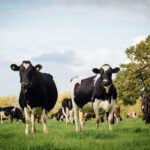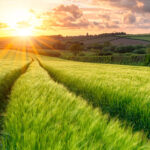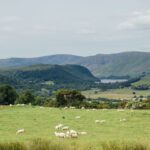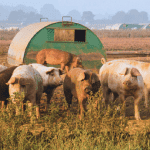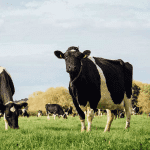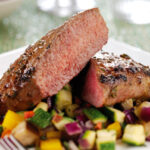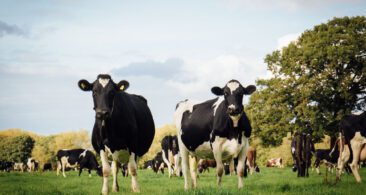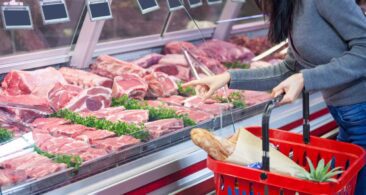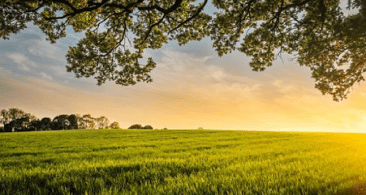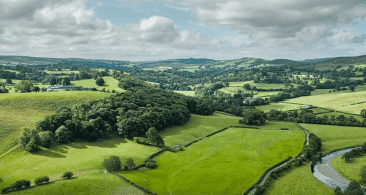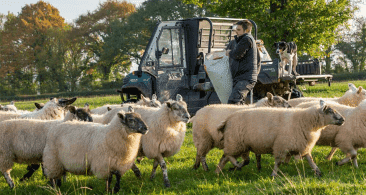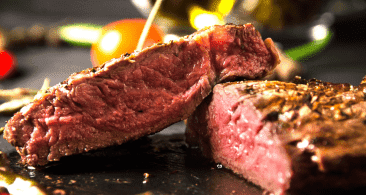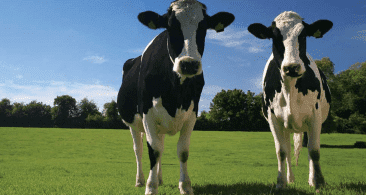You may have heard about COP (Conference of the Parties) in the news. If you aren’t familiar, COP is the United Nations Climate Change Conference. The next one, COP28, takes place 30th November to 12th December 2023 in Dubai, United Arab Emirates (UAE).
The event will bring together world leaders, state officials, IGOs, NGOs, public and private sectors, the media, and the public from nearly 200 countries, to build on the commitments of previous COP events, and to report on the progress towards the 2015 Paris Agreement.
The ‘race to net zero’ is the United Nation’s global campaign to bring together businesses from around the world, to take action in achieving net zero carbon emissions by 2050.

In this article, we will explore carbon footprints, green house gases and the clever ways in which farmers are working tirelessly to achieve net zero status ahead of 2050.
How can we measure our food’s carbon footprint?
At COP26, expert Dr Jonathan Foot, previous Head of Environment at AHDB (Agriculture, Horticulture and Development Board) expressed the need for a standardised measuring tool in the UK.
This tool would help to measure carbon footprints across the whole food supply chain, from farm to fork – including transportation and entering retail. As the UK farming industry has the ambitious goal of net zero by 2050, the measurement tool would provide an easy and effective way to measure and evidence carbon footprints consistently across UK food.
Dr Foot says: “Data in the agriculture sector needs to be standardised, widely used, transparent, validated and in a format than can drive day-to-day decision making.”
UK companies will soon need to publish net zero plans, or face fines, and the standardised measuring tool will help industry get closer to the UK government’s 2050 goal.
Where do the UK’s greenhouse gas emissions come from?
The UK’s greenhouse gas emissions are broken down into six economic sectors.
Livestock farming accounts for 7% of all the UK’s greenhouse gas emissions, while energy and transport combined is 45%. Businesses contribute 18% and households contribute 16%.
It is often quoted that livestock emit more greenhouse gas emissions than transport and are a leading cause of climate change. Yet, UK government figures show livestock emit a fraction of those emitted by transport and energy. What’s more, these figures are based on estimated averages and do not reflect the whole raft of positive things farmers and their livestock do to support climate action, nature recovery and food security.
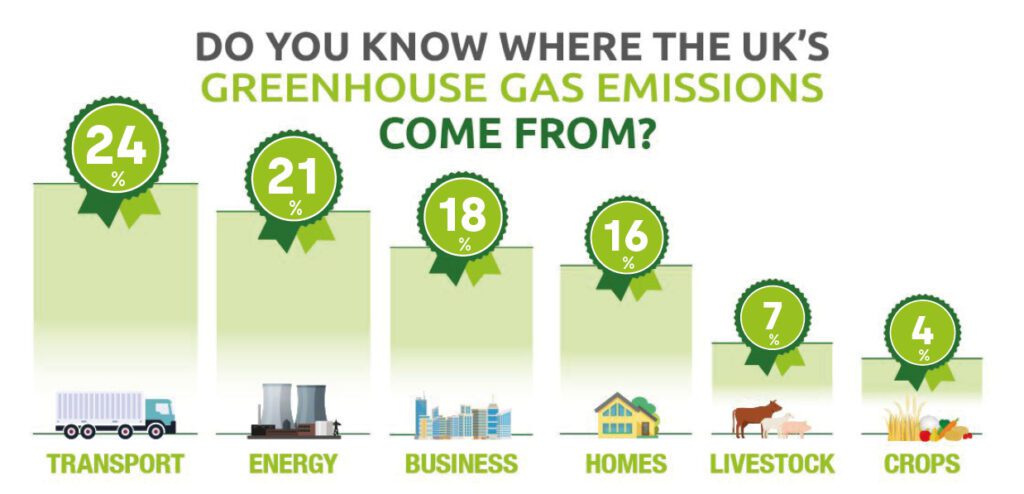
What are farmers doing to support Net Zero?
Red meat and dairy produced in the UK are amongst the most sustainable in the world. The UK’s mild and moderate climate make it an ideal place for sustainable agriculture to thrive, providing the UK and its international consumers with world renown quality produce. And farmers and food producers alike are committed to becoming more sustainable. Let’s look at how farming is changing to support the net zero mission:
- Planting hedgerows and wildflowers to absorb carbon and support biodiversity
- Improving soil health to absorb carbon, reduce erosion and withstand the effects of climate change
- Protecting peatland and moorland from damage from over grazing
- Reducing ploughing depth to keep more carbon in the soil
- Managing existing woodlands and planting new ones
- Creating wildlife corridors along water margins, field margins and headlands
- Protecting and restoring wetlands, including floodplain management
- Increasing efficiency, as economic and environmental gains go hand in hand
KEEP UPDATED ON NET ZERO
Working towards net zero is a collective effort shared across the whole supply chain – from farm to shelf.
For more information on farming and climate change, click here to learn more about the environmental impact of meat.
